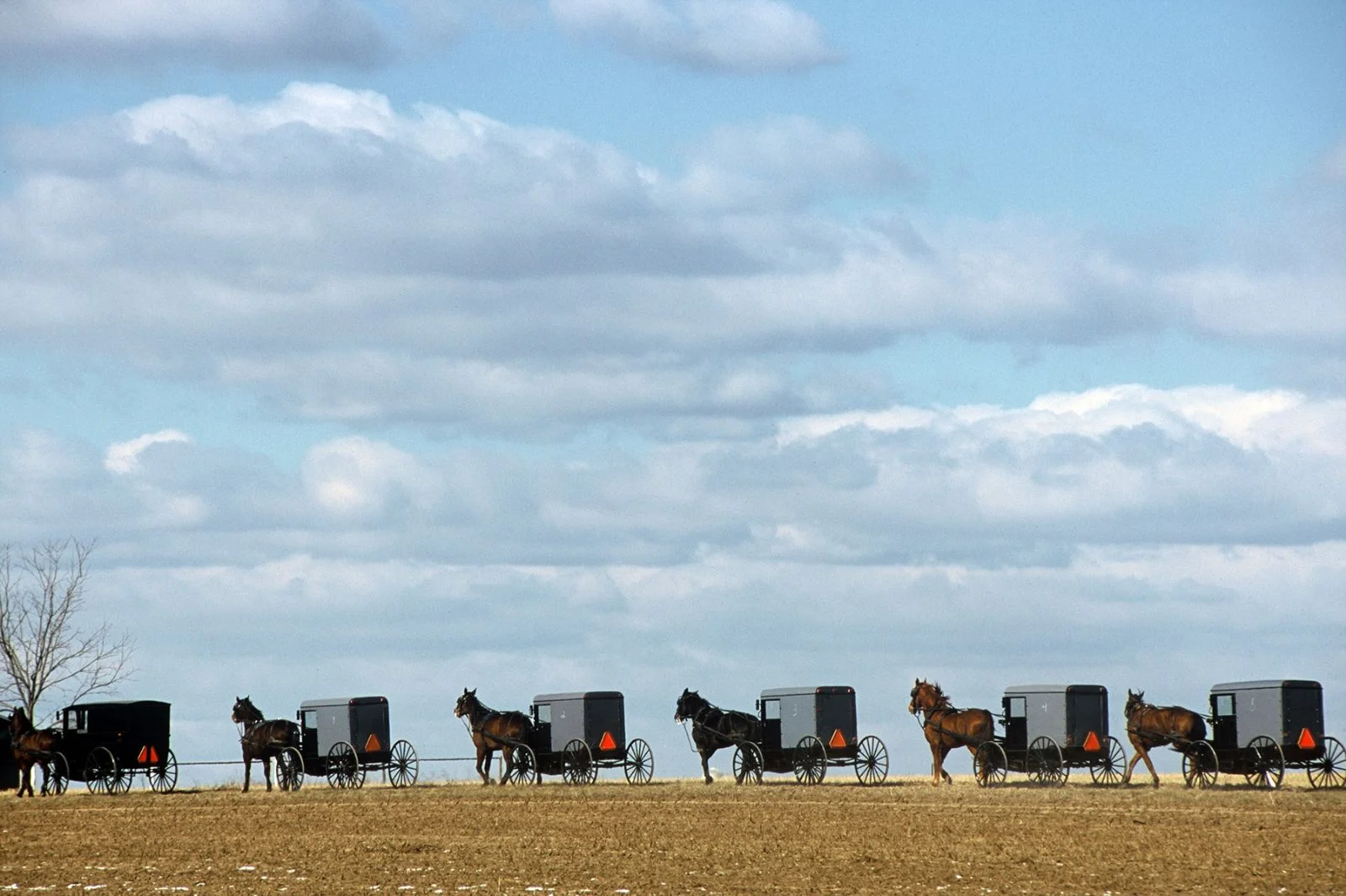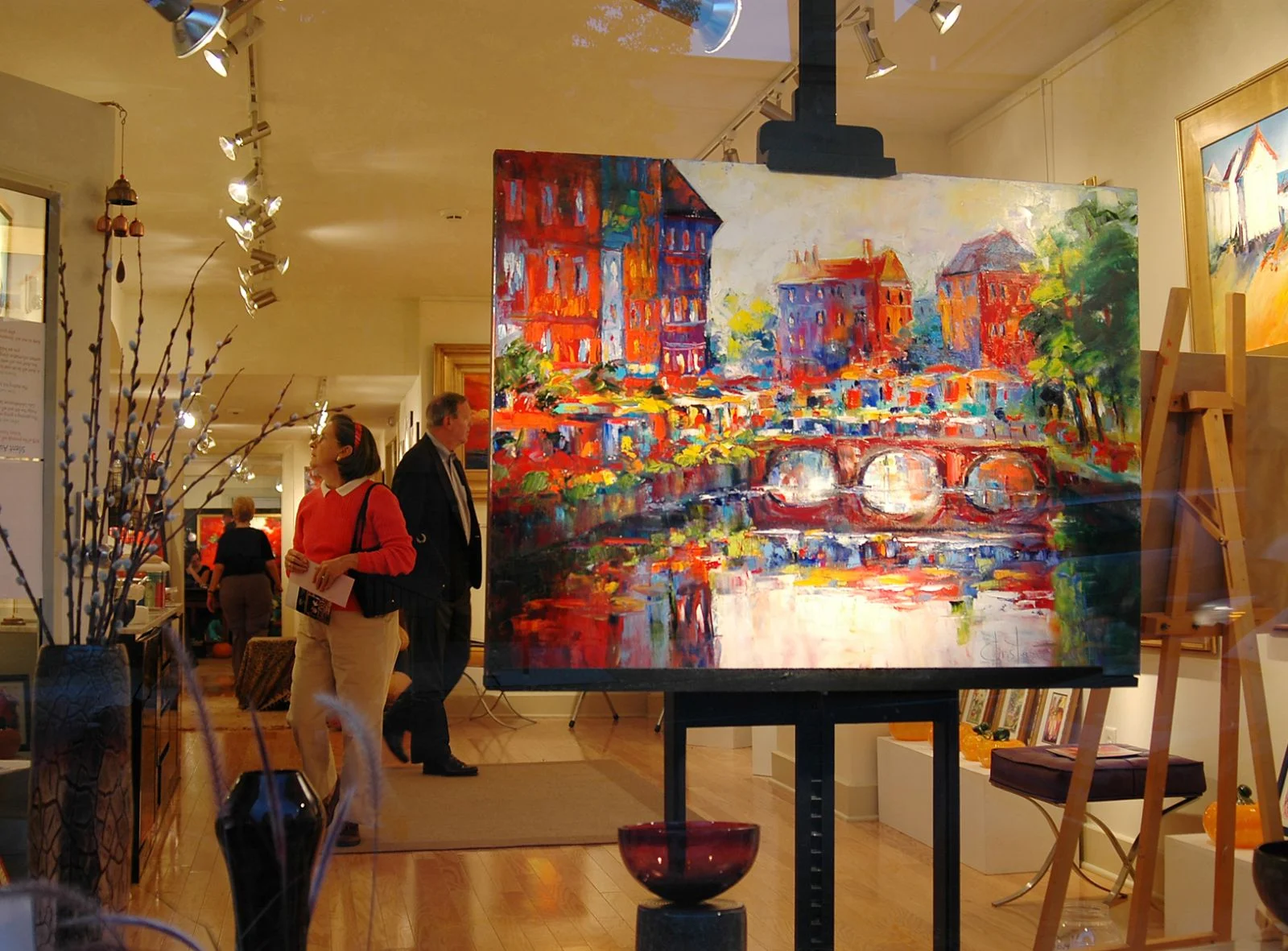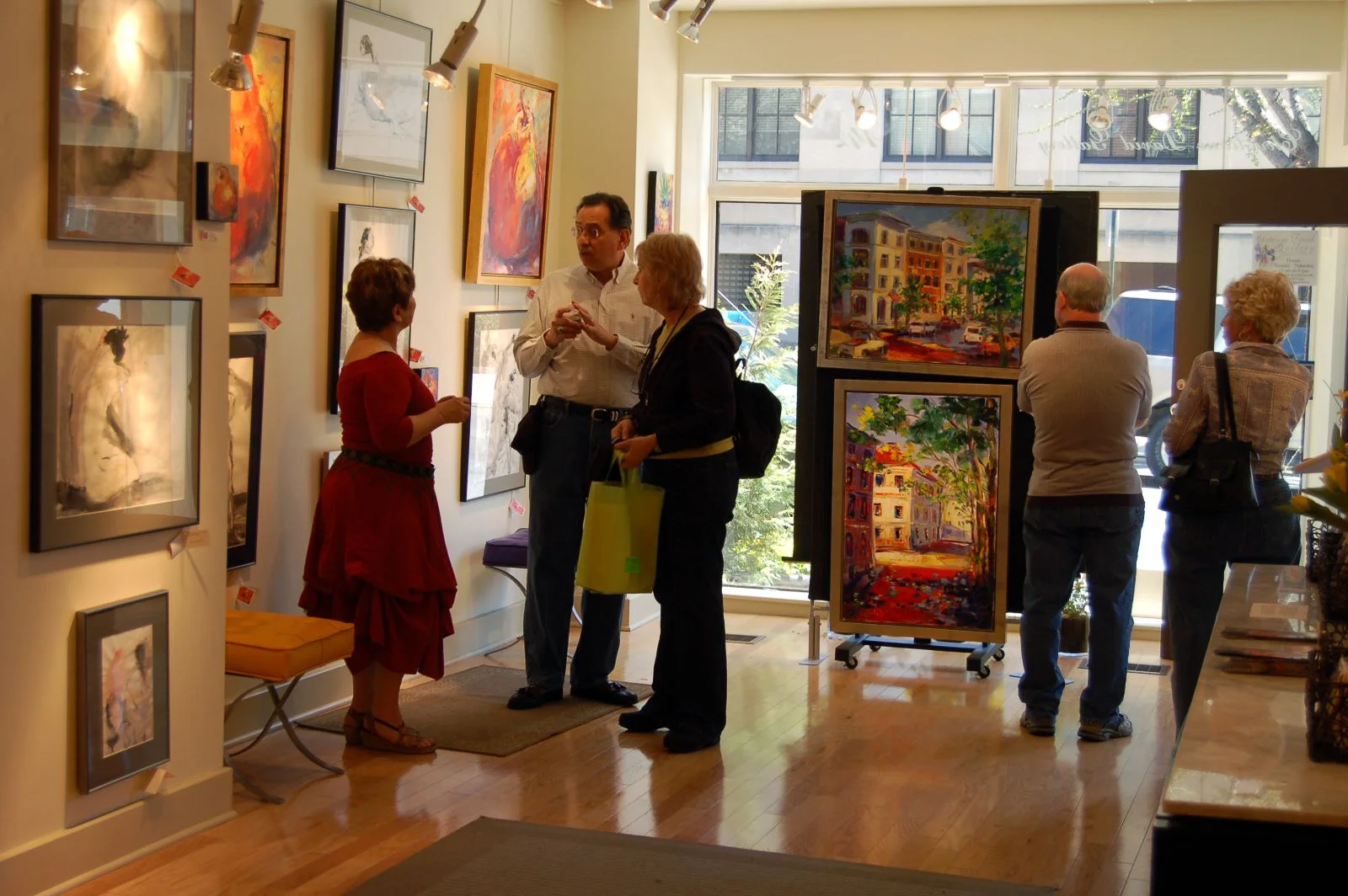5. THE HISTORY
In the 1700s shipload after shipload of German immigrants landed in the colonial port of Philadelphia. Pennsylvania Germans made up 40% of the southeastern Pennsylvania population by 1790. These immigrants and their descendants created a distinct culture with folk traditions, decorative arts, and a language (Pennsylvania German) based upon their Germanic heritage. As Americans, they continued to use patterns from their homeland in erecting buildings, decorating their furniture, pottery making and in practicing their folkways.















